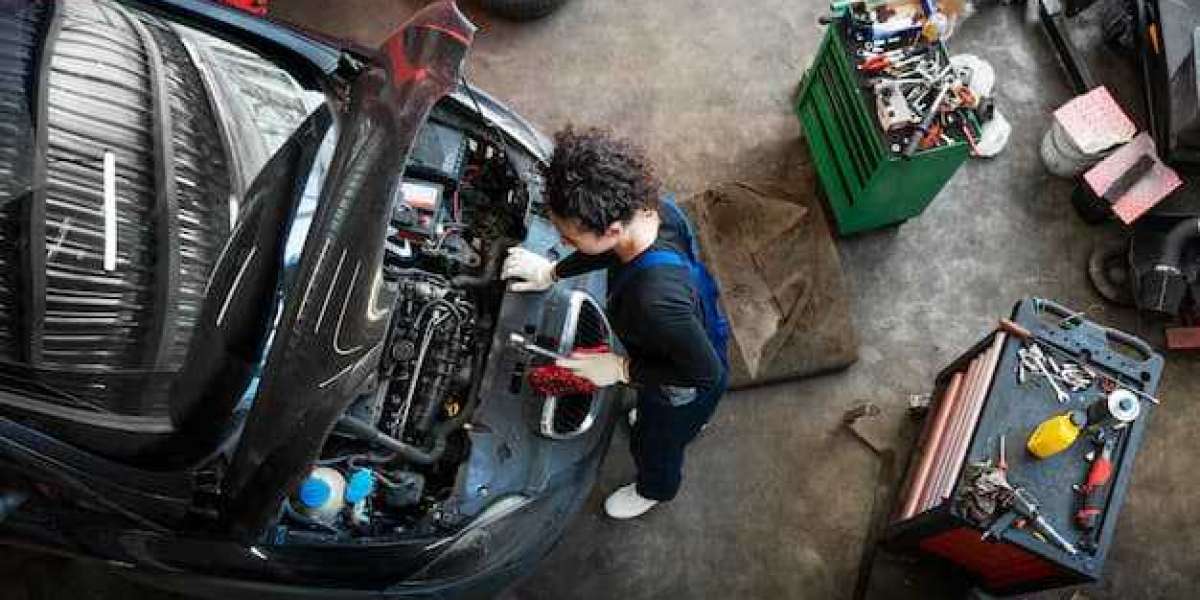When a vehicle’s transmission begins to malfunction, it can cause significant stress for drivers. The transmission is one of the most complex and essential components of any car, responsible for transferring power from the engine to the wheels. Without a properly functioning transmission, even the most reliable vehicle will struggle to perform. For this reason, scheduling an auto transmission repair service is crucial when early warning signs appear.
Understanding what happens during this type of repair can help drivers feel more confident and prepared. Below is a comprehensive guide to what vehicle owners can expect during the process.
Initial Diagnosis and Inspection
Before any actual repair work begins, technicians conduct a thorough diagnosis. This step is essential because transmission problems can sometimes mimic other mechanical issues.
Computer Diagnostics
Modern vehicles are equipped with onboard computer systems that monitor performance. A scan tool is often used to read error codes that may indicate issues with sensors, solenoids, or other transmission-related components.
Visual and Physical Inspection
In addition to computerized diagnostics, technicians usually perform a hands-on inspection. This may include checking transmission fluid levels and quality, looking for leaks, and testing the vehicle’s response during a short drive.
Determining the Extent of the Problem
Some transmission issues may be minor and require only a fluid change or adjustment. Others may involve internal damage that requires more extensive repair or even a rebuild. At this stage, the technician provides a detailed estimate and explains the recommended course of action.
Transmission Fluid Service
One of the most common maintenance tasks associated with transmission repair is fluid service.
Fluid Flush or Replacement
If the transmission fluid is dirty, burnt, or contaminated, replacing it can restore smoother operation. A full flush may also be recommended to remove all old fluid and contaminants from the system.
Importance of Fresh Fluid
Transmission fluid is vital for lubrication, cooling, and hydraulic pressure. Neglecting this step can lead to premature wear and costly breakdowns.
Minor Repairs and Adjustments
Not every auto transmission repair involves a complete overhaul. In some cases, smaller fixes can resolve the issue.
Replacing Sensors or Solenoids
Electronic components within the transmission, such as sensors and solenoids, can fail over time. Replacing these parts is often less invasive and more affordable.
Adjusting Linkages and Cables
If the transmission is not shifting properly, it could be due to misaligned or worn-out cables. A simple adjustment can often restore proper functionality.
Sealing Leaks
Transmission fluid leaks are common and can usually be repaired by replacing gaskets, seals, or external parts like the pan.
Major Repairs and Rebuilding
When the damage is more extensive, major repairs or even a full rebuild may be necessary.
Removing the Transmission
For serious internal damage, the transmission must often be removed from the vehicle. This allows technicians to open it up and inspect every component.
Replacing Worn or Damaged Parts
Gears, clutches, and bands can wear out over time. During a rebuild, these parts are replaced with new or refurbished components.
Reassembly and Testing
After replacing the necessary parts, the transmission is carefully reassembled and reinstalled. Technicians then perform extensive testing to ensure everything works smoothly.
Testing and Quality Assurance
No auto transmission repair service is complete without thorough testing.
Road Testing
Technicians usually take the vehicle for a test drive to ensure that it shifts properly, accelerates smoothly, and operates without unusual noises or vibrations.
Final Inspection
Fluid levels are rechecked, and the vehicle is inspected again for leaks or other issues. This ensures the repair meets safety and performance standards.
Timeframe for Transmission Repair
The length of time needed for a repair can vary greatly.
Minor Repairs
Simple fixes, like replacing a sensor or performing a fluid change, can often be completed within a few hours.
Major Repairs or Rebuilds
More complex jobs, such as rebuilding a transmission, may take several days. The timeframe depends on the availability of parts and the extent of the damage.
Costs and Considerations
Understanding the potential costs helps vehicle owners prepare for the financial aspect of transmission repair.
Factors Affecting Cost
The make and model of the vehicle, the type of transmission, and the severity of the problem all influence repair costs. Labor rates and parts availability also play a role.
Importance of Early Action
Addressing small issues early can help avoid expensive repairs later. For example, replacing a faulty solenoid is far less costly than waiting until the transmission suffers major internal damage.
Preventive Measures After Repair
Once a repair has been completed, drivers can take proactive steps to extend the life of their transmission.
Regular Fluid Checks
Checking fluid levels and condition on a regular basis ensures the transmission remains properly lubricated.
Following Maintenance Schedules
Manufacturers typically recommend specific service intervals for fluid changes and inspections. Following these guidelines helps prevent premature wear.
Safe Driving Habits
Avoiding aggressive acceleration, sudden stops, and overloading the vehicle reduces strain on the transmission.
Peace of Mind with Professional Service
Having an auto transmission repair performed by a qualified technician offers peace of mind. Drivers can trust that their vehicle has been inspected, repaired, and tested to meet safety and performance standards. While the process may seem complex, understanding each stage helps vehicle owners know what to expect and why the service is so important.
Conclusion
An auto transmission repair service is a detailed process that involves diagnosis, repair, testing, and preventive recommendations. Whether the issue is minor or requires a major rebuild, addressing transmission problems promptly ensures a smoother and safer driving experience. For drivers seeking expert care and dependable service, CARma Auto Care provides professional solutions tailored to every vehicle’s needs. With skilled technicians and a commitment to quality, CARma Auto Care helps drivers get back on the road with confidence making it the go-to choice for anyone in need of reliable transmission repair services.
The best solutions begin with a simple hello. Contact CARma Auto Care now and let’s explore how we can help you move forward.







